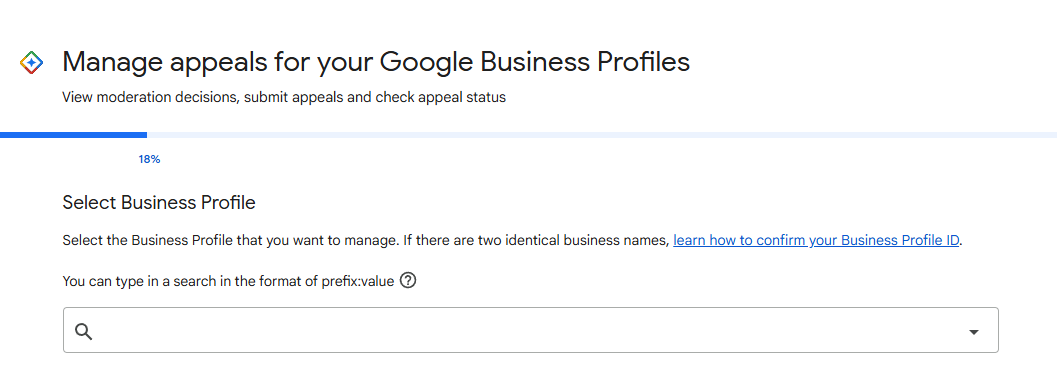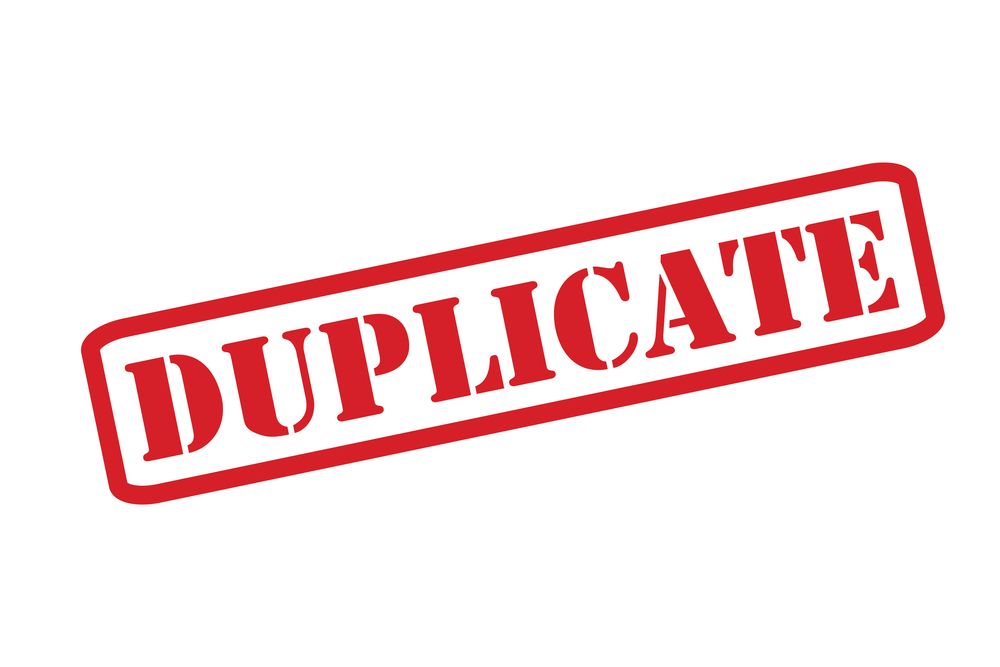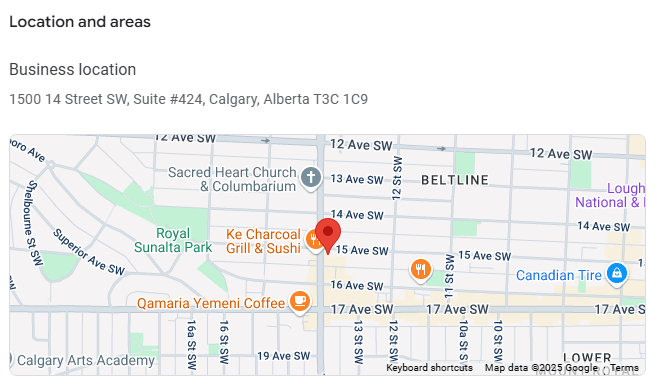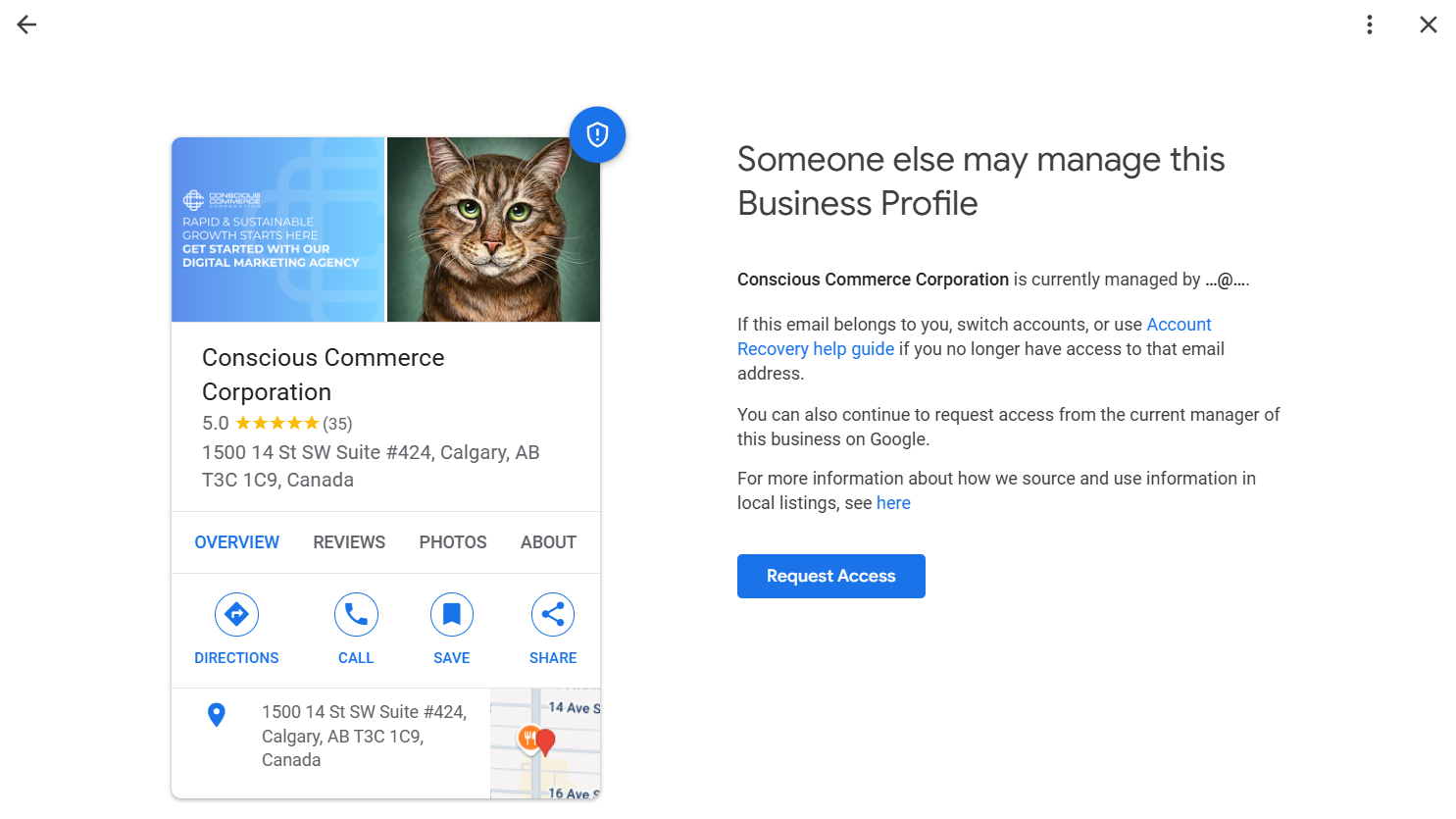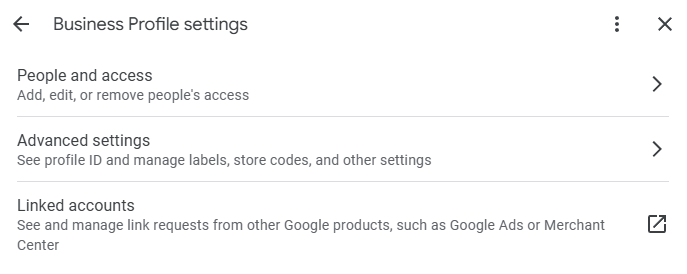Debunking Myths About Email Marketing in the Modern Age
In the ever-evolving world of digital marketing, rumours surrounding email marketing have companies second-guessing their advertising strategies.
Despite what many believe,
email marketing remains influential, even among younger generations. Some may think it's outdated compared to newer platforms, but that's not true. To use email marketing effectively, businesses must understand these misconceptions and realize its value.
Keep reading to learn the most common email marketing misconceptions and how data and expert insights prove this tool increases reach, engagement, and ROI.
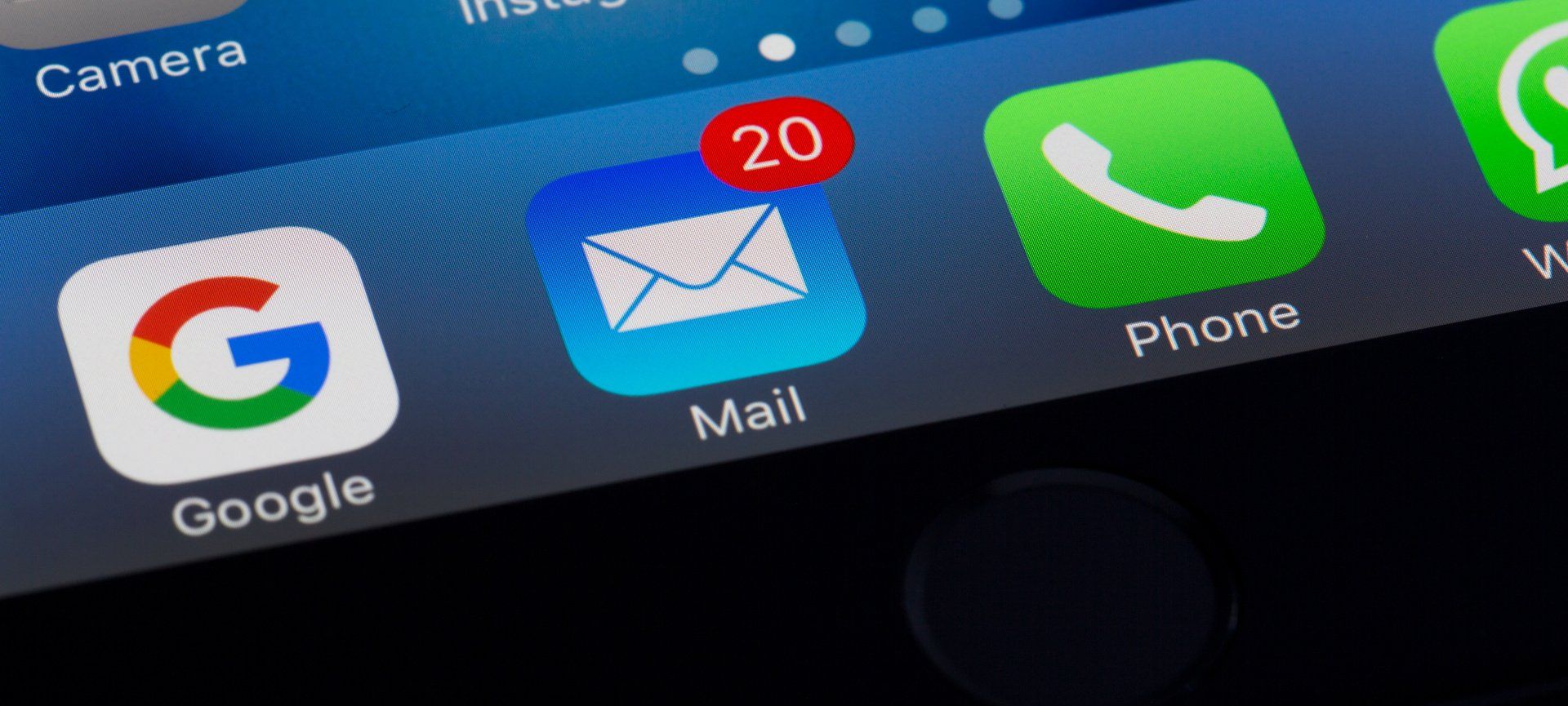
Myth #1: Email Marketing Doesn’t Reach Younger Audiences
A recent survey found that people of different ages still regularly use email, including Millennials and Gen X, who trust it for communication. Surprisingly,
94% of Gen Z, aged nine to 24, use email regularly as of January 2022.
Email marketing lets you customize and categorize messages, making it easier to send content that matches what younger people like and are interested in. Personalization and segmentation help connect them better and keep them engaged with your brand.
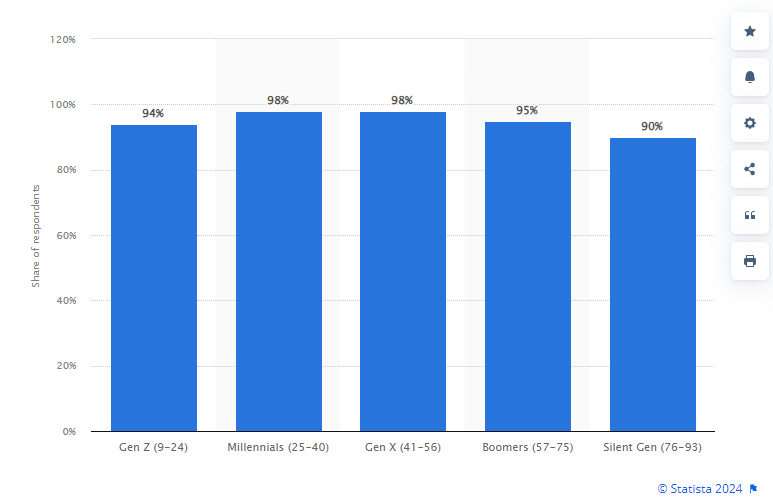
Myth #2: Email Marketing Is No Competition For Newer Platforms
Email marketing offers stability and extensive reach compared to social media and other digital platforms. According to Statista, email marketing revenue has consistently grown, proving its ongoing effectiveness. From 7.5 billion in 2020, email revenue currently sits at approximately 12.33 billion and is expected to reach 17.9 billion by 2027.
Unlike social media, where algorithms and trends can quickly change, email provides a reliable channel for direct customer communication. Emails also have a higher chance of reaching your intended audience than social media posts, which can get lost in users' feeds. Not only is email marketing a strong competitor against newer platforms, but it’s also more reliable than social media because businesses have better control over who receives their emails.
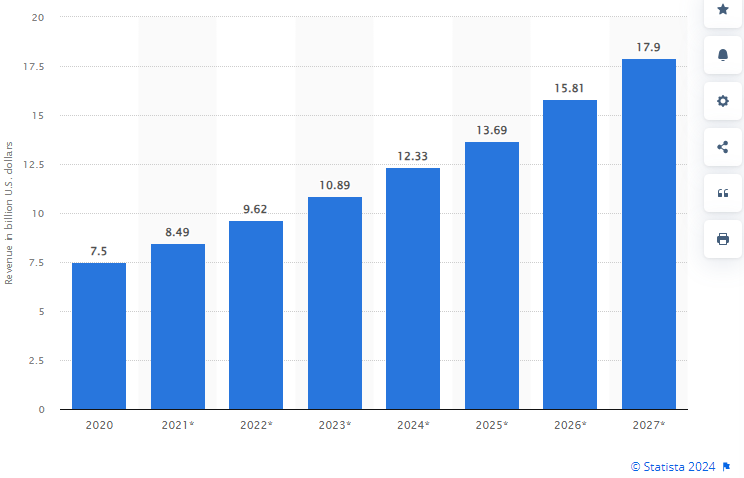
Myth #3: Newer Marketing Channels Have Overtaken Email in Effectiveness
Despite the rise of social media, influencer marketing, and chatbots, email marketing remains a strong tool for marketers.
Social media platforms have extensive user bases, but algorithm changes, platform popularity, and user demographics often influence their reach. Businesses may need to invest in boosted posts or paid advertising to reach specific target audiences effectively.
Other digital platforms, like search engines and display advertising networks, offer varying reach levels depending on search volume, keyword competition, and ad targeting. These platforms can complement email marketing but may require additional resources to achieve your desired reach.
Social media rules often change, affecting how many people see posts. Email has been around for a long time and is a dependable communication method. People regularly check and engage with their emails, making it a stable, trusted, and sustainable marketing method.
Here are some evergreen benefits of email marketing:
- It's direct and personal, landing right in people's inboxes. Unlike social media, where posts can get lost in feeds, emails have a better chance of catching attention.
- Email lets you send tailored messages. You can customize content based on your subscribers' likes, making it more interesting and boosting the chances of people taking action.
- Email marketing also comes with handy tracking tools. Marketers can see how well their emails are doing, like how many people open them or click on links. This strategy helps them understand what works and what doesn't so they can make better campaigns.
While newer marketing methods have their good points, don’t overlook the power of email marketing. It still gets the job done and gets results for businesses.
Myth #4: Email Offers Limited Personalization
Some mistakenly believe that email marketing lacks personalization compared to newer platforms. The assumption might be that email messages are generic and don’t offer the tailored approach seen in social media or influencer marketing.
The reality is quite the opposite. Email marketing offers extensive personalization capabilities, allowing businesses to tailor content based on consumer behaviour and subscriber preferences. With advanced email marketing tools and automation features, marketers can segment their audience into distinct groups based on demographics, purchase history, browsing behaviour, and more.
Businesses can design relevant and highly targeted email campaigns that resonate with individual subscribers by leveraging these segmentation capabilities. With email marketing, you can deliver tailored messages that speak directly to your recipient's interests and needs, from personalized subject lines and product recommendations to content blocks and triggered emails.
Email marketing platforms also provide tracking and analytics tools, empowering you to gather valuable insights into subscriber engagement and preferences. This data-driven approach helps optimize and refine your email campaigns to ensure maximum effectiveness.
Expert Opinion from CCC Founder & Email Marketing Specialist Brandon Klayman
The greatest opportunity we have when using email marketing as a channel is that we know WHO we are directly communicating with. Contact details, buying history and other critical marketing attributes are available to us within this channel. We also have express consent to engage and offer our active subscribers targeted content — another massive win for this channel.
By personalizing our messaging and going even further with deeper segmentation only increases email marketing performance. The key is not to overuse personalization, and to deliver a message that is received without bias or judgment.
Going back to basic communication requires two parties: one who shares the message and one one who receives it. Deliverability of that key message can be easily supported with a gentle touch of personalization.
On a practical note: Be sure to include the contact (subscribers) first name when you are:
- Asking a question
- In the intro of the email
- Closing it out
If you have more data — repurpose it creatively so you can increase alignment, relationality, and add further depth in "knowing" your audience.
Everyone loves when they feel spoken to, heard, and listened to, so combine personalization with questions to further the engagement and work towards pulling out a response from your audience/actions.
Myth #5: Email Isn’t a Trusted Source of Information
Despite the increasing popularity of mobile messaging apps, email remains a fundamental part of our daily online lives. With around 4.26 billion people using email worldwide in 2022 and expected to reach 4.73 billion by 2026, it's clear that email is still a trusted and widely used tool for communication and sharing information.
And as internet accessibility grows, the global volume of emails sent and received has been rising steadily since 2017. In 2022, users exchanged an estimated 333 billion emails daily worldwide. Projections indicate that this number will climb to 392.5 billion daily emails by 2026.
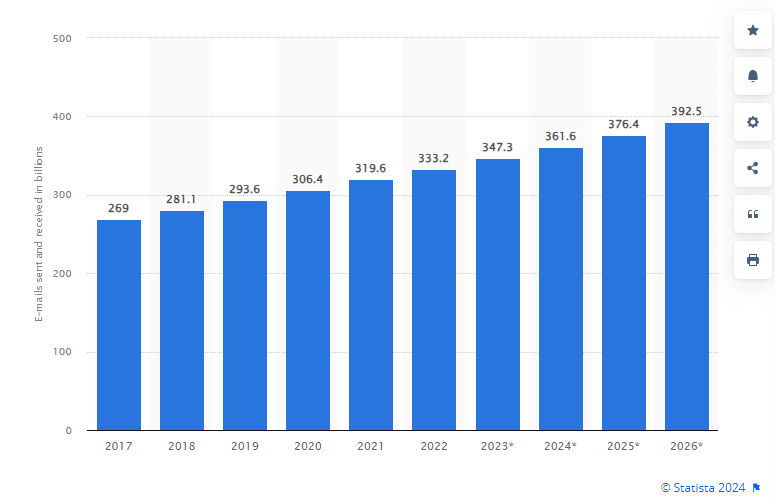
“Brandon and the CCC team have been wonderful to work with. They have taken my company's email marketing from scratch and consistently create professional email campaigns that provide results. They truly have their customers' best interests at heart and are really good at what they do.” - D.O
“Conscious Commerce has helped us create smart marketing forms that work with our email campaign. They had worked hard to understand our needs and devised a great solution. The work Conscious Commerce did paid for itself with our very 1st email marketing campaign.” -
David Hazen
Myth #6: Email Marketing Doesn’t Have a Good ROI
While businesses can use social media and text messaging to connect with customers, email marketing still comes out on top for generating revenue. Some may question its ROI, but there are several reasons to regularly calculate it, particularly in marketing:
- Provides insight into the profitability of your campaigns
- Allows for campaign adjustments to enhance returns based on successful strategies
- Helps with efficient allocation of financial resources
- Demonstrates tangible outcomes to stakeholders
On average, for each dollar you spend on email marketing, you make $36 in revenue.
Here's how to calculate your email marketing return on investment:
(Gained – Spent) / Spent x 100 = ROI
($2,000 - $100 = 1900) / $100 = $19 x100 = 1900%)
In this example, every dollar spent earned $19.
Myth vs Reality: The Future of Email Marketing
Industry experts predict that email marketing will remain a top priority in digital strategies for years to come. Despite misconceptions about its declining relevance, industry leaders anticipate email marketing will evolve and remain a powerful tool for engaging with customers.
Forward-thinkers emphasize email’s lasting effectiveness in reaching target audiences, especially as personalization and segmentation techniques advance. Email marketing will adapt as technology evolves, integrating seamlessly with emerging platforms and channels to deliver personalized, relevant content to users.
Far from being outdated, email marketing will grow alongside newer marketing channels, driving customer engagement and business growth.
Need Help Evaluating Your Email Marketing Strategies?
CCC’s dedicated email marketing specialists, creative designers, project managers, content producers, and professional web developers focus on building positive brand awareness through complete email marketing campaigns.
We’ll identify your needs, develop a proven strategy, improve your brand, and define your success with measurable goals and outcomes.
Partner with an award-winning digital marketing agency for your next email marketing campaign.



